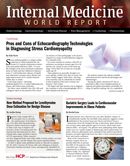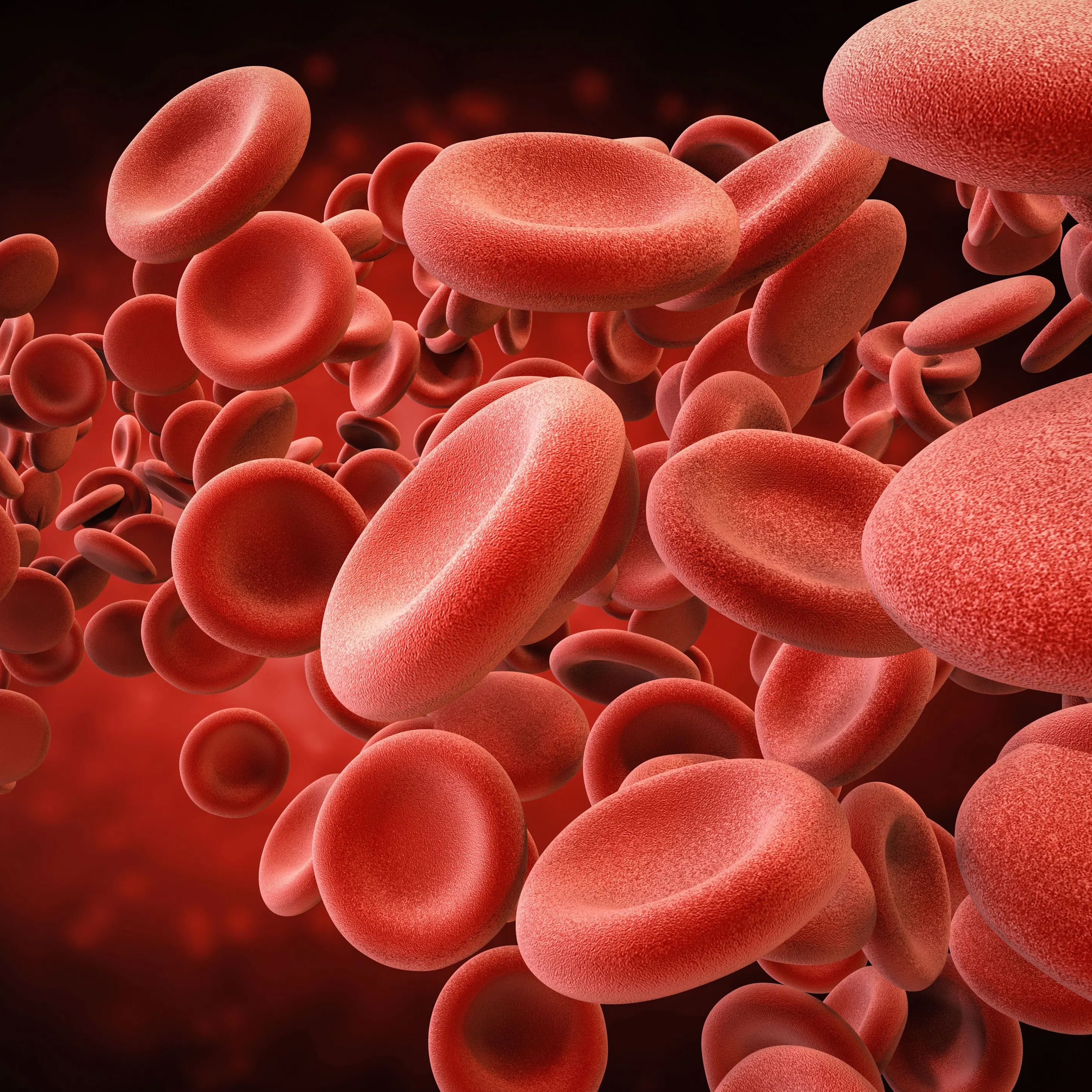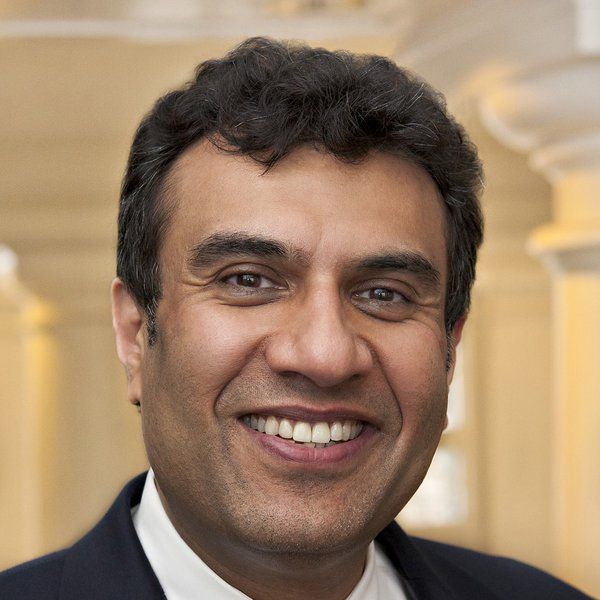Publication
Article
Internal Medicine World Report
Case Study: Preventing a Heart Attack in a Runner's Twin
Author(s):
Silent coronary artery disease is often diagnosed too late to prevent a cardiac event. But in a case history involving twin brothers, a team from Liverpool Heart and Chest Hospital, Liverpool, UK shows that investigative imaging of an otherwise healthy man paid off.

Silent coronary artery disease is often diagnosed too late to prevent a cardiac event. But in a case history involving twin brothers, a team from Liverpool Heart and Chest Hospital, Liverpool, UK shows that investigative imaging of an otherwise healthy man paid off.
Scott Murray and colleagues write about the case of a 39-year old man “admitted to our tertiary cardiac centre following a cardiac arrest whilst running.” After 2 days of treatment and transfer to a hospital intensive care unit, the patient got invasive coronary angiography that revealed—with further imaging and intravascular ultrasound—that there was a plaque rupture. There was also residual plaque near the rupture site. Nothing else in the heart was amiss.
“The most plausible explanation for the cardiac arrest in this young, otherwise healthy male was therefore an isolated coronary plaque rupture from vulnerable atherosclerosis, causing a myocardial infarction,” Murray wrote. He was placed on medication and at 8 weeks he did well on an exercise stress test and had no other symptoms.
But that was not the end of the story. The researchers knew the man had an identical twin brother, also an athlete and got his permission to evaluate his coronary arteries with a CT scan.
Sure enough, they found a “potentially lipid-laden, large plaque in a large proximal diagonal vessel with positive remodeling.”
The findings did “not necessarily mean that this particular plaque will evolve to cause acute myocardial infarction, however in this specific case it has a similar composition to the residual plaque responsible for the [cardiac] event in his identical twin brother.” Intravascular ultrasound was also used.
The brother suddenly became a patient and was placed on aggressive medical therapy to prevent a potential primary cardiac event.
“The authors feel strongly that high risk patients, particularly with a strong family history of premature MI or death, should potentially be screened with cardiac CT initially to try and observe any high risk plaque disease,” Murray wrote.
Such diagnosis allows the physician to prescribe diet and lifestyle changes in addition to medication and “also sends out a clear warning signal to the patient that they have coronary artery disease,” despite having no symptoms.
Patient evaluation should start with non-invasive testing and that invasive treatment should occur only if patients are found to have a significant vulnerable stenosis.
Both patients remained well and asymptomatic at the time the authors wrote their report.






